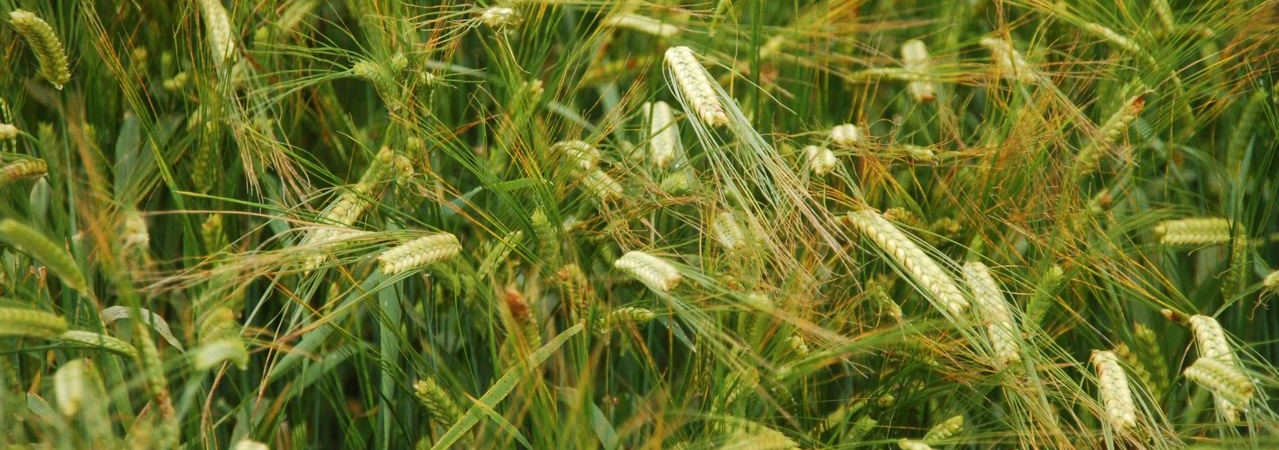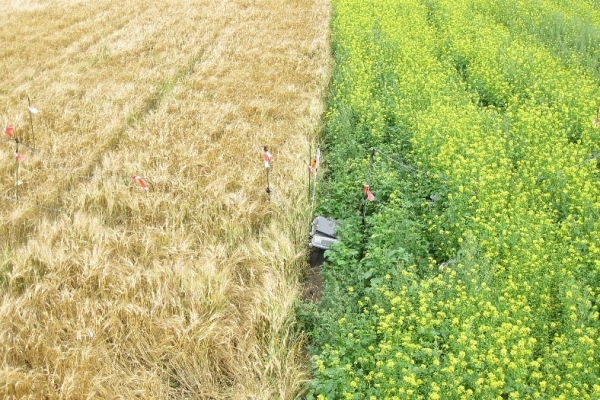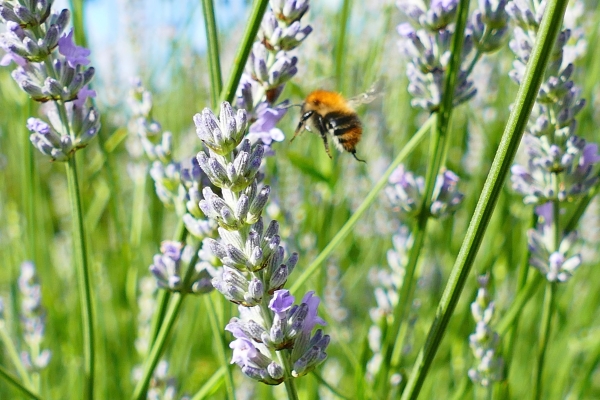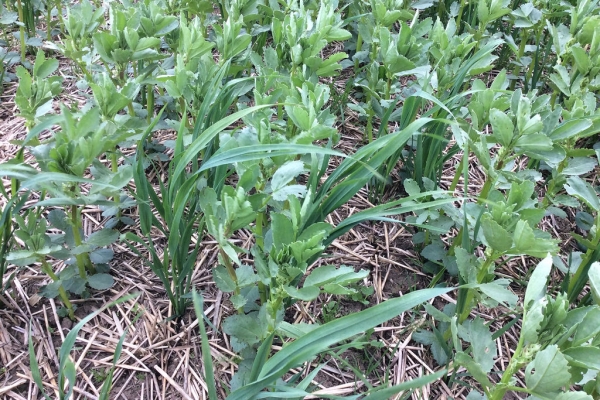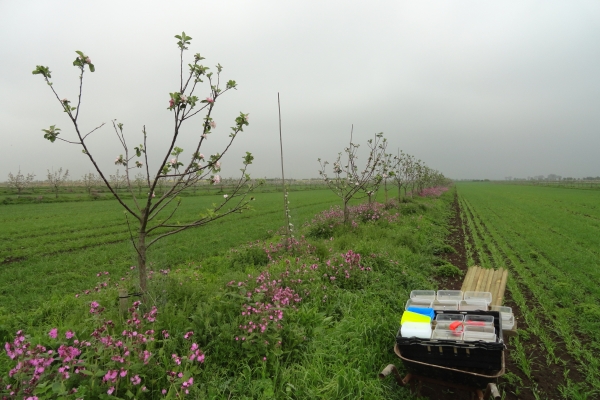Organic Arable Production: Pest & Disease Control
Factsheet
Resource explained
This factsheet provides a brief overview of how to prevent and control pests and diseases in an arable crop using organic methods. It describes the importance of developing a healthy soil, rotating crops, encouraging natural pest predators, practicing good hygiene and cultivation methods, and using suitable seed. Examples are given of some diseases and how to control them, as well as some natural pest predators and how to encourage them. It will help farmers and growers who are looking for ways to prevent disease outbreaks and pest attacks, as well as how to deal with them once they have occurred. Preventing problems in the first place may help to reduce pesticide and fungicide use.
Findings & recommendations
- Developing a healthy soil will help to grow healthy plants that can better withstand pests and diseases; use of nitrogen fertilisers can produce softer plants more susceptible to attack
- Encouraging a diverse ecology by maintaining hedgerows, field margins and beetle banks provides shelter for natural pest predators which can help keep pest populations under check
- A well-prepared seedbed can help crops grow away from pest attack, and soil cultivations may help break the lifecycle of soil-borne pests, though they can also disturb some natural predators
- Use healthy, disease-free seed and choose varieties bred for resistance
- Practice good hygiene such as removing crop debris and using clean machinery
- Rotate crops to maintain good soil health and prevent the build-up of soil-borne disease
- Maintain good drainage to prevent root disease
- Use composts and manures to build organic matter and diverse flora and fauna in the soil
- If a problem arises, pesticide or fungicide use should be a last resort. If organically certified, always check with the certifying body first.
